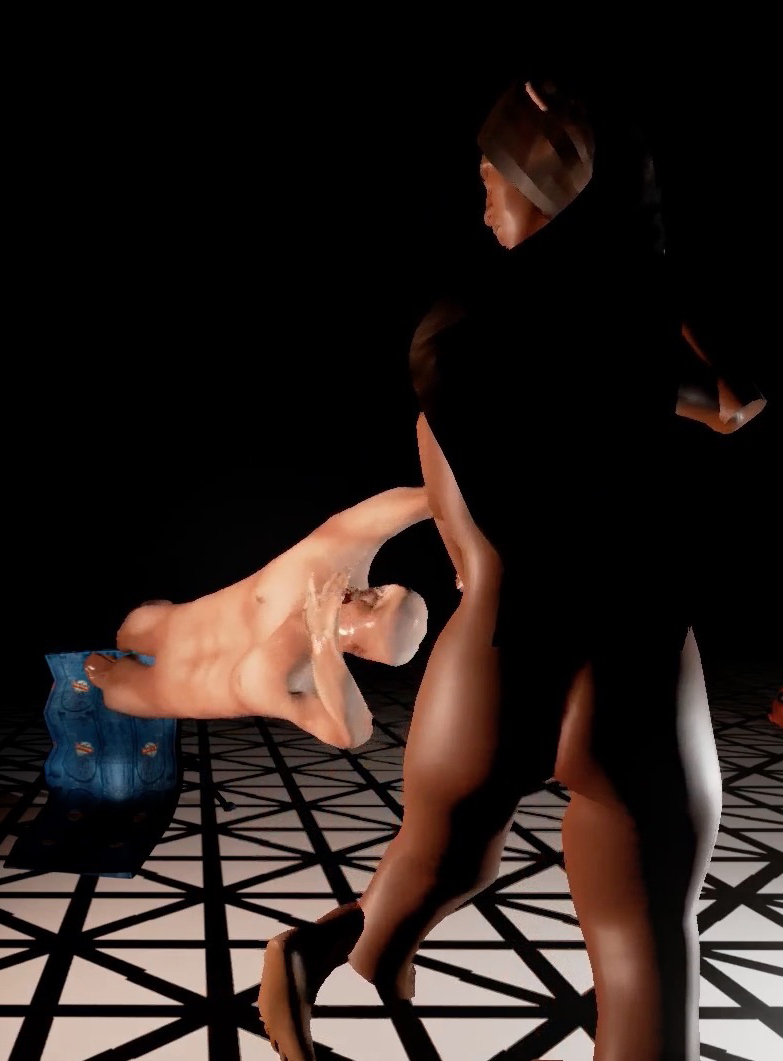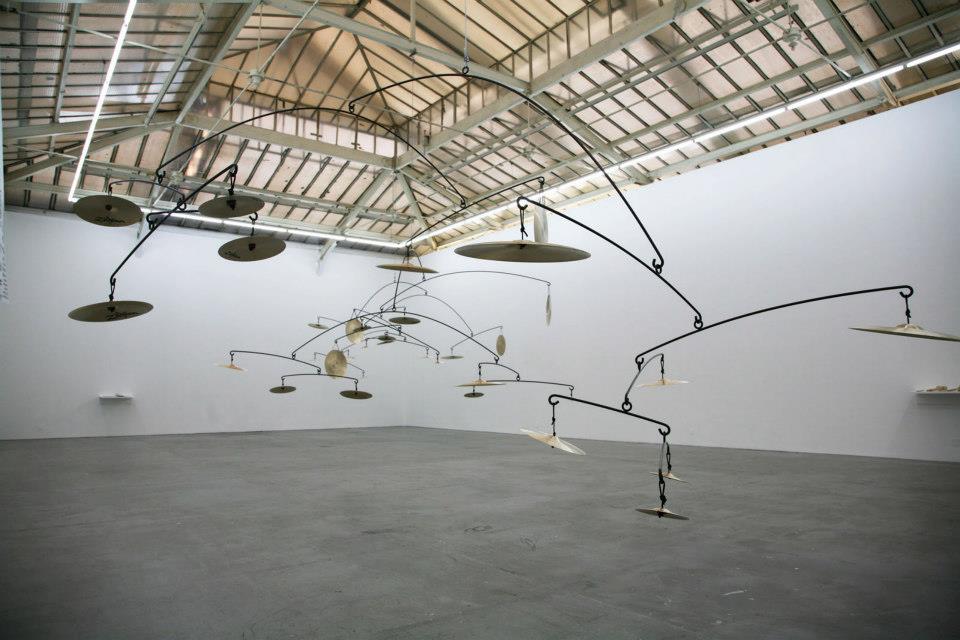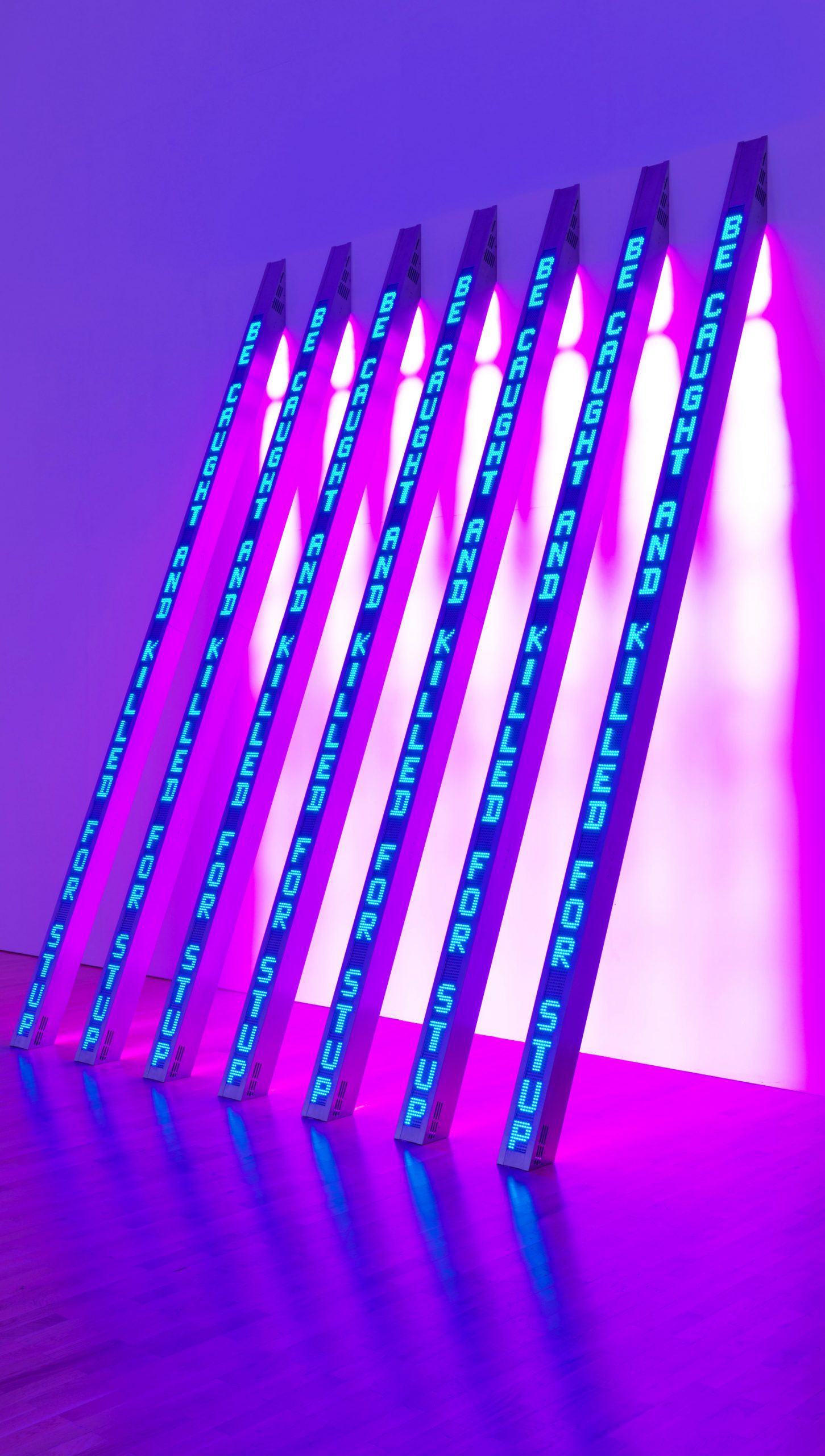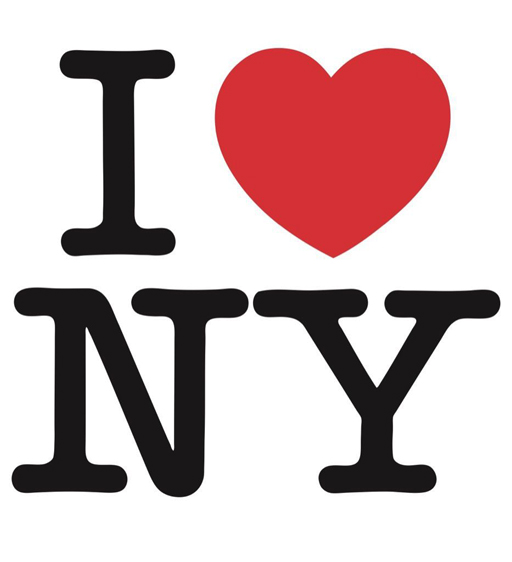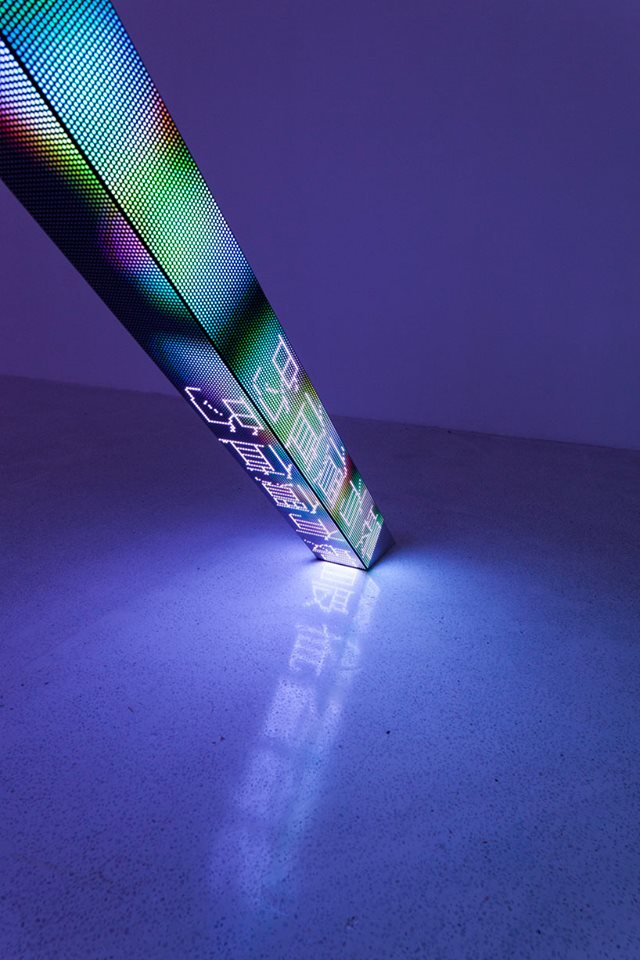
Arnaldo Morales
Electro-cución
“I am fascinated with the physicality of low-tech manual devices and mechanical systems. I am aroused by their shapes, sounds, and gestures, which are beautiful descriptions of their own functions. Industrial materials—stainless steel, aluminum, titanium, plastics, and rubbers—seduce me. Artifacts of disappearing industry, I find strange and beautiful shapes in their debris that allude to sexual operations, violent actions, mysterious purposes. Their potential triggers my thought process.”
